Ozone layer continues to thin
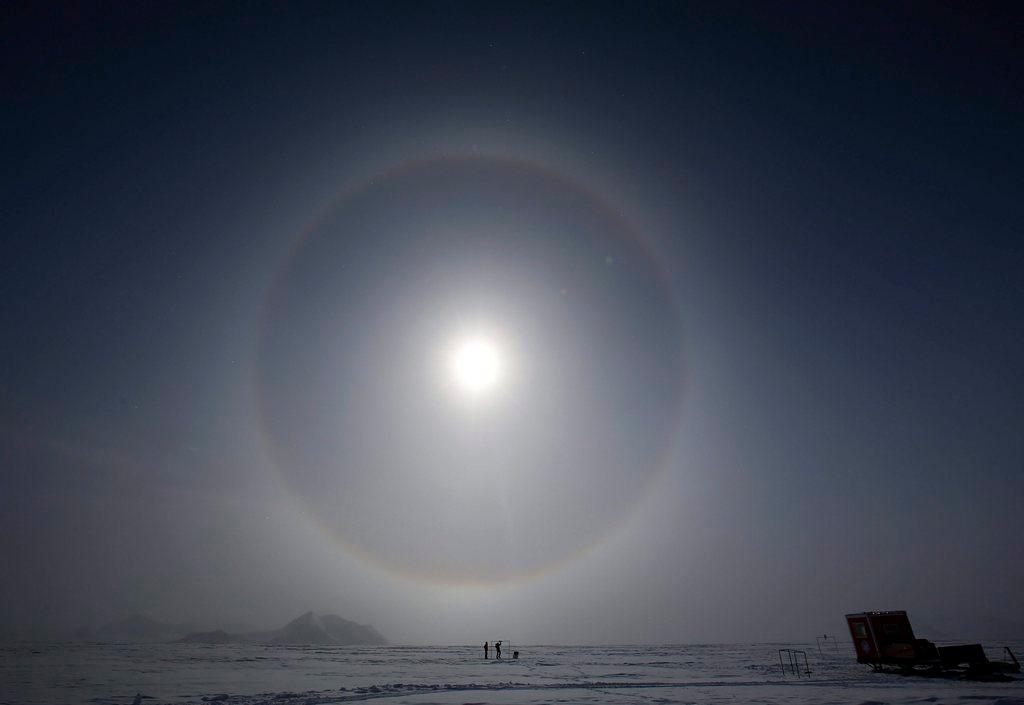
The ozone layer, which protects life on earth from harmful ultra-violet radiation, continues to deplete on a global scale contrary to recent scientific assumptions, say an international team of scientists led by researchers in Zurich.
The study was published on Tuesday in the journal Atmospheric Chemistry and Physics.External link It found that the ozone layer is continuing to decline on a global scale despite decades of international efforts to protect it. Scientists demonstrated this using satellite measurements spanning the past 30 years combined with advanced statistical methods.
The ozone thinning process began in the 20th century when excessive quantities of chemicals – chlorofluorocarbons (CFCs) – were released into the atmosphere. These substances were banned in 1989 in accordance with the Montreal Protocol External linkand since then the ozone layer in the upper stratosphere has recovered significantly, particularly in the polar regions.
Yet total ozone levels in the atmosphere remained the same and now scientists at the federal institute of technology ETH Zurich External linkshowed that this is because ozone in the lower stratosphere declined steadily over the past three decades.
William Ball, an atmospheric researcher at ETH Zurich and the first author of the study, explains that this had been so difficult to demonstrate because so-called “summer smog” caused by human activity “masks the stratospheric decline in the satellite measurements”.
‘Concerning’
Scientists are not yet sure what accounts for this continuing decline but one explanation could be that climate change modifies the pattern of atmospheric circulation.
Chemicals of industrial origin released into the atmosphere could also be responsible for the development. Substitutes for the particularly harmful CFCs are less thinning for the ozone layer but are not neutral either. These chemicals could so far have been “an insufficiently considered factor in the models”, said Ball.
Nevertheless, scientists emphasised the importance of the Montreal Protocol and its benefits and said that these new findings were “concerning but not alarming”. More research now needs to be done in order to monitor and investigate the causes behind the continuing ozone decline in the lower stratosphere, they said.

In compliance with the JTI standards
More: SWI swissinfo.ch certified by the Journalism Trust Initiative
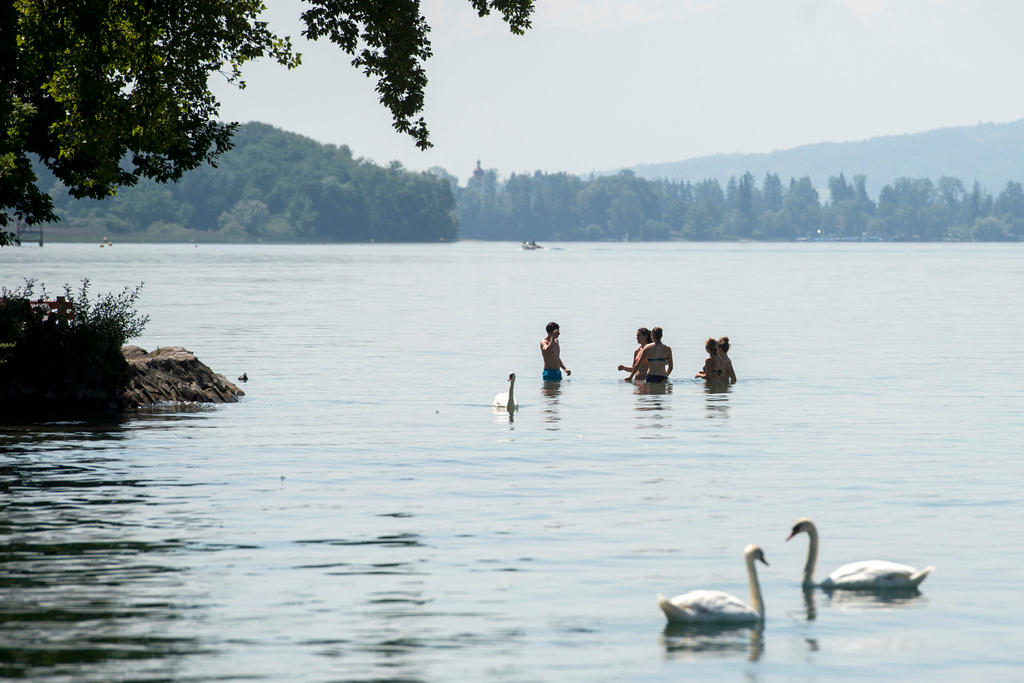
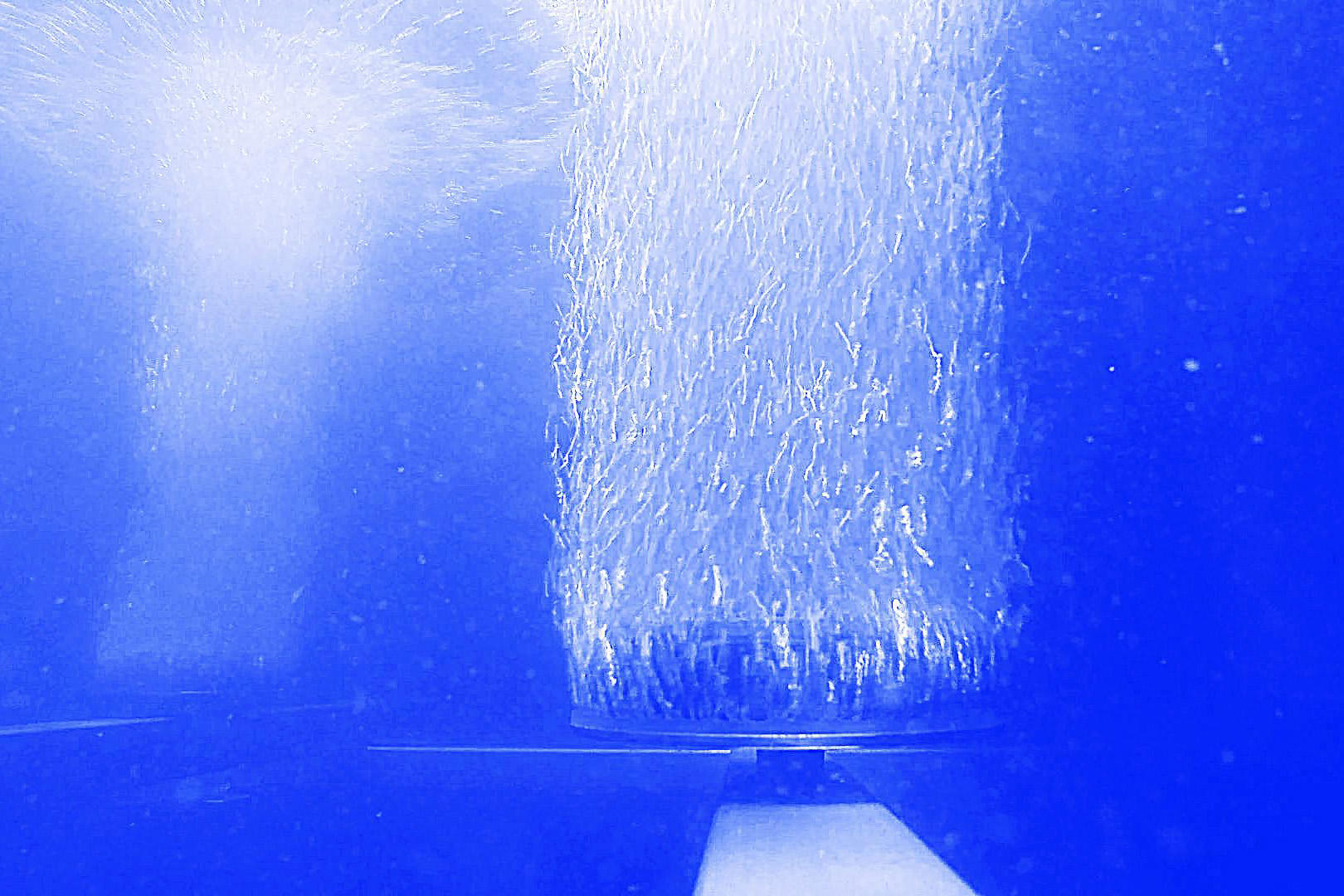
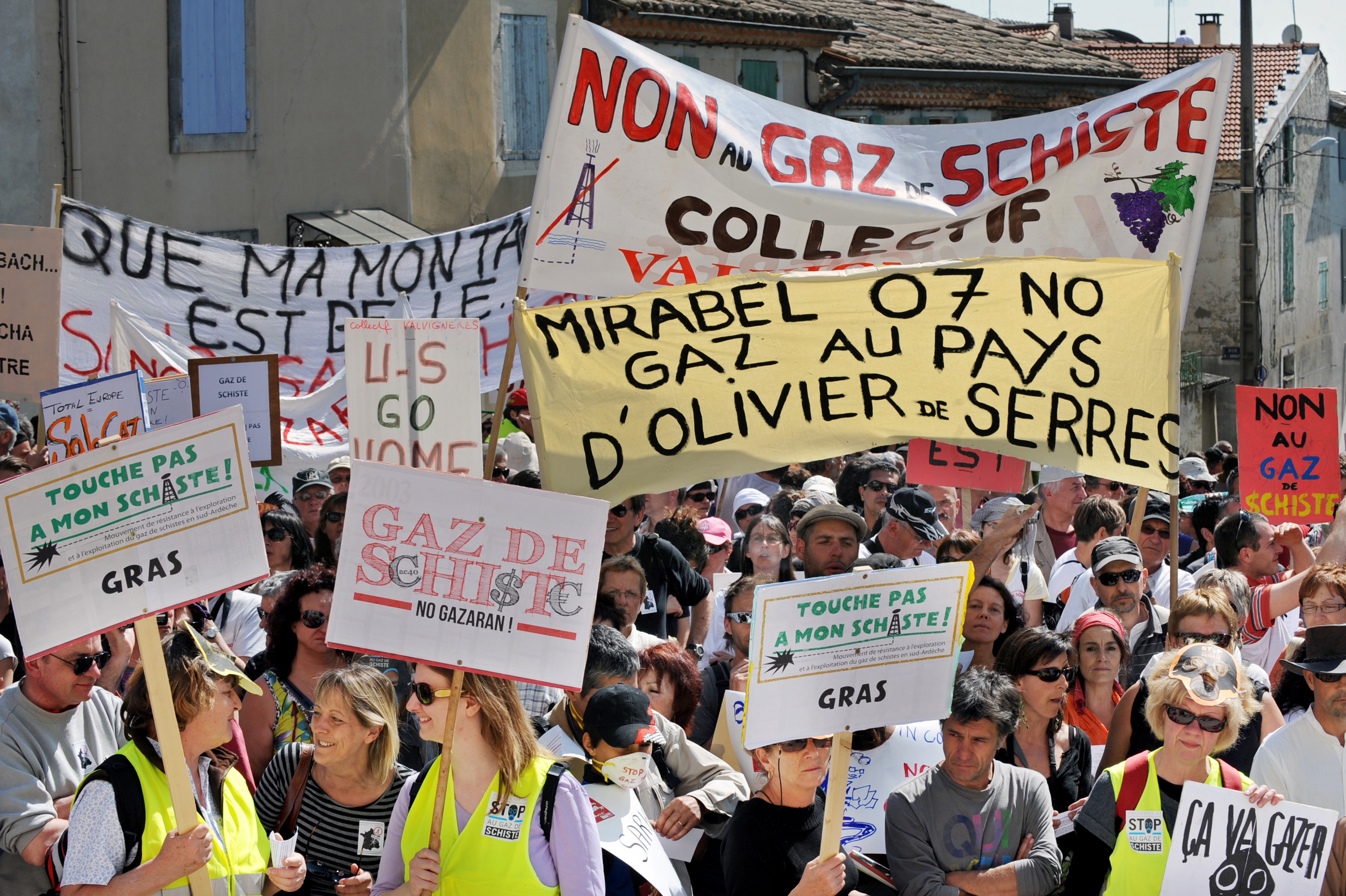
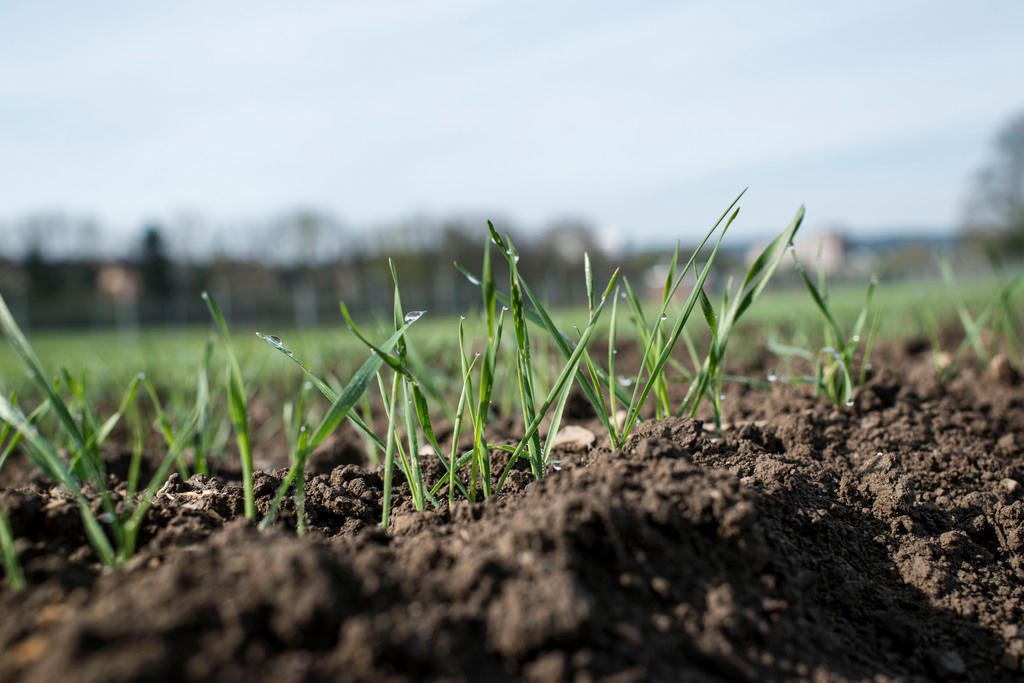
You can find an overview of ongoing debates with our journalists here. Please join us!
If you want to start a conversation about a topic raised in this article or want to report factual errors, email us at english@swissinfo.ch.